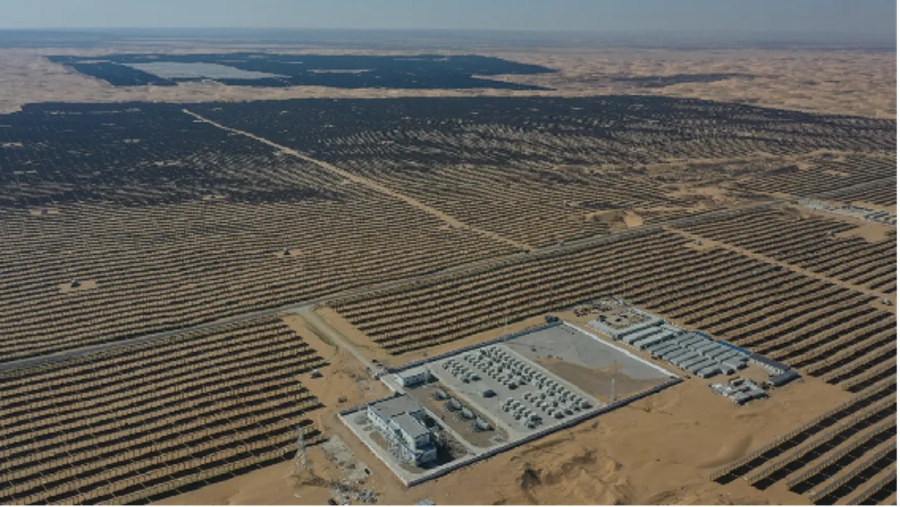Trial by fire: Inside Sungrow’s thermal event testing

Lithium-ion battery storage is beginning to play a more important role in backing up the utility grid. However, concerns about fire safety in these systems are rising along with installations, and handling a battery fire is not necessarily routine for first responders. Manufacturers are working with industry, regulatory bodies and the community to ensure safe operations and effective emergency responses.
One way to investigate fire safety in lithium-ion batteries is to set them on fire. In May, Sungrow, a China-headquartered inverter and battery storage provider, which has its U.S. headquarters in Cosa Mesa, California, conducted a fire test to demonstrate the thermal management capabilities of its PowerTitan grid storage system.
The exercise, conducted at a third-party facility in China and livestreamed to subject matter experts, utility engineers, fire protection consultants and other stakeholders, simulated a “thermal runaway” event in a battery energy storage scenario with multiple units.
According to Mandy Zhang, Sungrow’s battery storage product manager for overseas regions, this large-scale combustion test realistically replicated the layout of a power station’s energy storage system. A thermal runaway event was instigated in a single module causing a fire.
During the test, explosion relief panels atop the unit in which the fire was set automatically vented the fire upward to prevent it from spreading to adjacent battery units. The test event unfolded without intervention by personnel or fire suppression systems until the fire burned itself out.
“Before conducting this large-scale fire test, Sungrow had already performed multiple system-level fire tests and research,” Zhang told pv magazine USA. “The research on energy storage safety will continue to progress with the development of energy storage technology.”
In this sense, the large-scale test was more of a demonstration of thermal management capabilities intended to assure the above-mentioned stakeholders. Based on feedback, Zhang said, the test has addressed some customers’ concerns about the safety of liquid-cooled energy storage.
Lithium-ion batteries are widely used in many fields, making any fire incident highly publicized. Zhang said this leads to a perception of increased fire risk.
“We believe the industry’s focus on fire risk is mainly due to a lack of understanding of fire in energy storage systems,” she said. “Statistical data shows that the actual fire risk is relatively low. Reports from organizations like the National Fire Protection Association and the U.S. Consumer Product Safety Commission support this.”
Zhang believes that current fire safety certifications and standards in certain regions are lagging behind the rapidly increasing installed base of lithium-ion battery storage. She said that battery manufacturers must work with relevant standards bodies to keep them up to date on battery storage and management systems
“Applying existing building fire safety standards to energy storage system products is not very meaningful for product fire safety and can even become an obstacle,” said Zhang. “We hope that more innovative safety technologies can be applied to energy storage systems, particularly in developing countries and regions, as well as by local firefighters. In many cases, these first responders are not familiar with energy storage system fires and may apply techniques that are not well-informed.”
From pv magazine US













